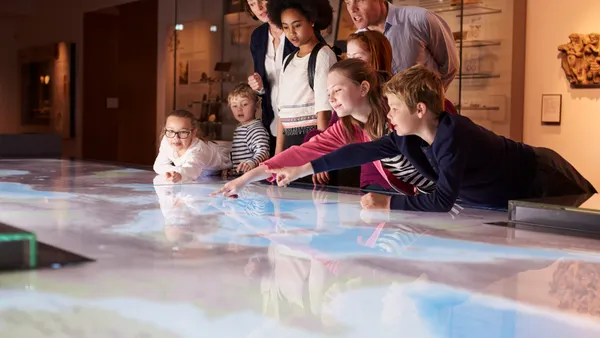Dive Brief:
- During a recent literacy conference, Emily Galle-From heard teachers talk about how much discomfort they feel when they teach writing. An elementary school teacher, Galle-From loves working with students and helping them learn to write, she wrote in Education Week.
- She knows she must meet certain standards in her work, but she believes if children love the process of writing, they will reach those goals.
- To her, teachers should always weave the idea of play into writing, letting students have fun as they craft sentences, choose words, and select subjects for their assignments.
Dive Insight:
The ability to think critically — to dissect and question what is being taught — is a crucial 21st century skill. At the core of this ability, through, is creative thought. instead of accepting information that’s given to them, children who are skilled at critical thinking have had the freedom to look at what they’re learning from multiple angles, break these elements apart, and look at them with a clear eye. In other words, students need to be creative in the way they think and examine material.
The two — creative thinking and critical thinking — are not often seen as skills that go hand in hand. But giving students more freedom to be creative in their work, (a tool once relegated to the playground or electives, such as art) can help them grow and develop as 21st century learners.
Writing is one area where students can play as they learn a critical skill, but so too could other subjects such as social studies. Think of exercises where students act out a character in history. This role-playing can tap into both the “analytical and creative mind,” according to the non-profit Global Digital Citizen Foundation. Giving students the ability to make critical choices in a safe place, such as school, supports them with the training they need before they’ll head out and make crucial decisions on their own.






 Dive Awards
Dive Awards






